With nights drawing ever closer, fallen leaves crunching under our feet, and Jack O’ Lanterns shining their eerie light from darkened doorsteps, there is no better time to delve into stories of the strange and the supernatural. Gemma Pearson picks seven spooky short story collections written by women to keep you company this Halloween.
Despite the pervasive trope framing women as the victims of gothic narratives, female writers have consistently offered highly intellectual and truly spine-tingling contributions to the canon. The texts compiled here demonstrate that, like Poe, Stoker, and Stevenson, women writers also have a startling capacity to frighten and unsettle their readers.
Without further ado… curl up, turn the lights on, close the curtains, and prepare to be spooked!
Dark Tales, Shirley Jackson (1943-1965, Penguin Modern Classics, 2016)
No list of spooky stories would be complete without a mention of Shirley Jackson, a writer with unparalleled talent for the terrifying and the strange. In Jackson’s stories, the monotonous everyday becomes tinged with a menacing sheen of terror, and danger lurks in the most familiar of places. Dark Tales is a recently collated collection of Jackson’s most mesmerising and impressive short fiction.
Jackson does not write stories that immediately startle or shock her readers. Rather, the horror builds slowly; each text is infused with a feeling of deep uneasiness that culminates in a sense of dread that is bound to linger after reading. Expertly dispensing her dark and distorting lens to examine the condition of women in fifties America, Jackson’s stories are sure to give you the creeps.
Gemma’s pick: ‘The Good Wife,’ a story of female entrapment that demonstrates Jackson’s need to expose the nightmare hiding within the seemingly idyllic family home, and the secret dissatisfaction smouldering behind the white picket fences of suburbia.
How to Recognise a Demon has Become Your Friend, Linda Addison (2011)
Specialising in science-fiction and afro-futurism, Linda Addison stands as a distinct and fresh voice within the canon of supernatural fiction. In this exciting and original collection, the Bram Stoker Award winner combines prose and poetry to offer readers an enigmatic assortment of tales examining how demons can exist in the most unlikely of places.
The beautiful language, experimental structures, and melodic rhythms of Addison’s poetry transfixes, lulling readers into a false sense of security before propelling them towards unexpected and unnerving final twists. Meanwhile, the short stories fuse elements of African spiritual tradition such as voodoo and witchcraft with distinctly futuristic themes such as UFOs and Artificial Intelligence. Addison’s collection exudes confidence in its deliberate mixing of genres, styles, and mediums. As a result, the collection conveys an unlikely range of tones; the stories here conjure subtle horror, an acute sense of the weird, and dark humour in equal measure.
Gemma’s Pick: ‘The Power,’ a short story exploring themes of childhood friendship, magic, witchcraft, and revenge.
The Bloody Chamber, Angela Carter (Vintage, 1979)
In this collection, Angela Carter writes a furiously feminist selection of stories based on classic fairytales and folktales. Because they are brave, resilient, and intelligent, Carter’s protagonists challenge the typical representation of women in fairytales as helpless damsels. Nevertheless, utilising themes such as sequestered castles, female entrapment, and cannibalism, Carter’s collection maintains a strong connection to the Gothic tradition.
Proving her ability to transform the familiar into something more provocative and disturbing, Carter’s collection eloquently articulates the trappings of femininity through the lens of the fairytale tradition. While most children will be familiar with the story of ‘Beauty and the Beast’ or ‘Little Red Riding Hood,’ Carter’s gritty retellings are certainly not child friendly. In fact, drawing out the latent messages of dominance, control, and desire present in the original texts, Carter offers startlingly macabre reconfigurations of recognisable tales, infusing them with blood, gore, and sex.
Gemma’s pick: ‘The Bloody Chamber,’ the novella that begins the collection and gives it its name, is a grotesque retelling of the Bluebeard story with a sensational feminist twist at the end.
Uncanny Stories, May Sinclair (1923)
Women writers have famously looked to the genre of the ghost story as a metaphor for the female condition which, in the late 19th and early 20th centuries, was an experience characterised by feelings of enforced absence and marginalisation. In Uncanny Stories, May Sinclair expresses such feelings with elegant subtlety, demonstrating an impressive ability to create a sensation of muted dread in both familiar settings and wider, more existential scenarios.
Featuring themes such as telepathy, ghostly haunting, murder, and the afterlife, May’s collection seems to capture the very essence of classic, creepy Victorian ghost stories. Nevertheless, Sinclair’s stories are worthy of more than whispered recitals around campfires or from under the bedcovers. Her work is complex; it is steeped in contemporary theoretical and scientific preoccupations from the likes of Freud and Einstein, and undoubtably intelligent in its execution.
Gemma’s pick: ‘The Nature of the Evidence,’ the fourth story in the collection. May blurs the boundaries between the living and the dead in this exhilarating tale of betrayal, haunting, and the return of the repressed.
‘The Yellow Wallpaper,’ Charlotte Perkins-Gilman (1892)
Written from the perspective of a young woman who has been prescribed the rest cure, Charlotte Perkins-Gilman’s ‘The Yellow Wallpaper’ depicts the maddening effects of confinement on the human psyche. Nestled amidst a selection of poems and utopian-feminist stories such as ‘Herland,’ a story about an all-woman nation, ‘The Yellow Wallpaper’ brings a taste of the spooky and the strange to this diverse collection.
Having been confined to a bedroom and deprived of any means of creative or mental stimulation, Gilman’s nameless narrator becomes transfixed by the wallpaper in her otherwise dull room. Realising that she can see faces and grotesque shapes in the paper, Gilman’s narrator steadily declines, becoming convinced that there is a woman hiding behind the wallpaper. By the end of the text, the narrator’s mental instability has reduced her to a monstrous, infantile creature with no grip on reality and no sense of Self.
Having been prescribed this controversial treatment following a bout of postpartum psychosis herself, Gilman’s text offers a disturbing yet enlightening insight into the archaic predisposition to confine and medicalise “troublesome” women.
Body, Asa Nonami (2012)
In this collection of five stories, Japanese writer Asa Nonami finds horror rooted in the everyday relationship with our bodies. At a point in time when our bodies and external appearances are scrutinised more rigorously than ever before, Nonami exposes a sinister side of modern body-obsession.
Drawing upon the Japanese fascination for westernised beauty standards, this collection examines issues ranging from plastic surgery to baldness and anorexia to sexually motivated criminality. The various bodily anxieties present in each story come together to paint a picture of modern society and our current preoccupation with the physical.
Offering another fresh take on the gothic genre, with each story becoming more extreme and disturbing than the last, Nonami’s contribution to modern horror is distinctive and confronting.
Gemma’s pick: ‘Blood,’ an intimate and, at times, rather revolting story about a man with a passionate fetish about women’s knees.
Haunted: Tales of the Grotesque, Joyce Carol Oates (1994)
One of the greatest American writers of our time, Joyce Carol Oates is known for her unbounded ability to horrify her readers. In this collection of sixteen stories, Oates plunges us into a grotesque re-imagining of late twentieth-century American society, calling upon psychological horror instead of supernatural apparitions to grip her readers. Written with an unparalleled skill, Oates’ stories of anxiety and panic set her apart as a master of the gothic genre. Not a collection for the faint of heart, many of the stories in Haunted: Tales of the Grotesque are brutally violent. Reminding us that real life and the real world, in which murder, rape, and abuse against vulnerable women are distressingly common, Oates’ tool for creating horror is a mirror. Reflecting the monstrousness and the danger of the world we live in with a definitive sharpness, Oates’ short stories are sure to send shivers down your spine.
Gemma’s pick: ‘The White Cat,’ an imaginative reworking of Edgar Allan Poe’s ‘The Black Cat’.



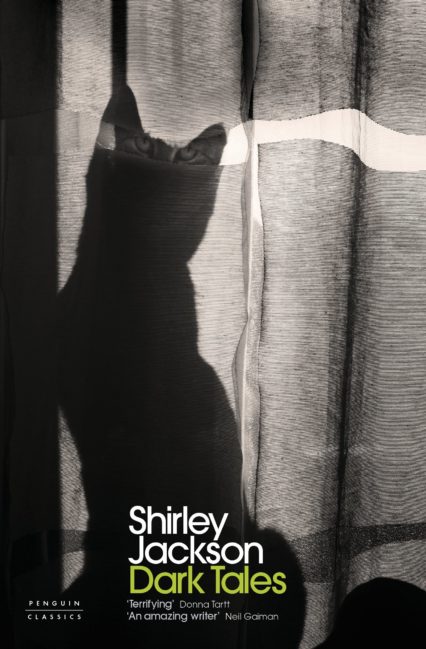
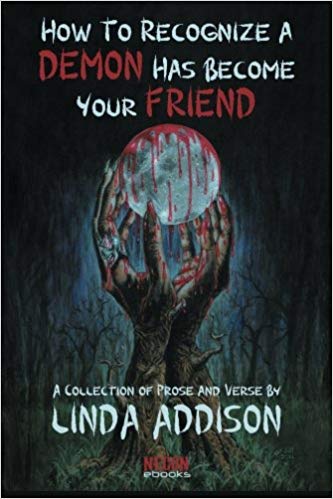
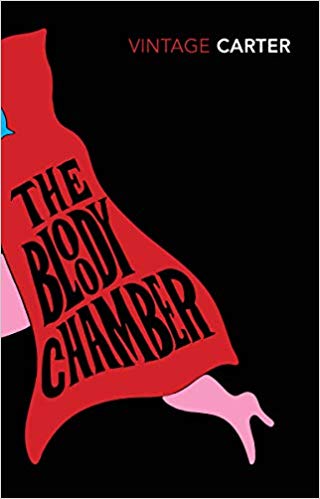
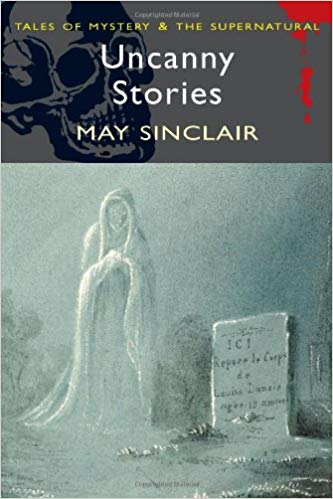
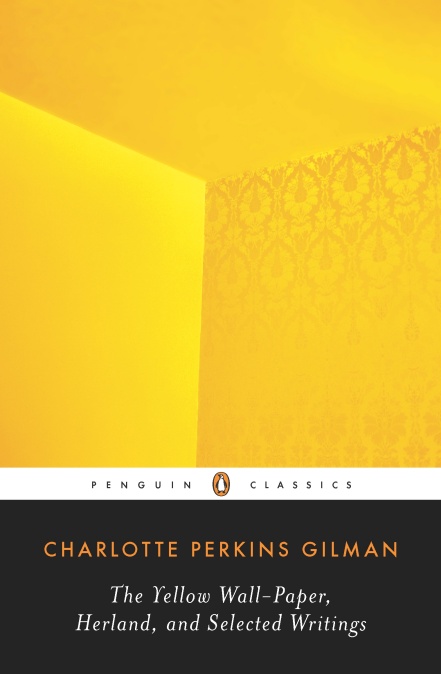
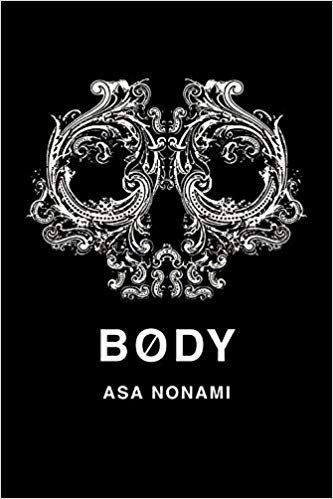

 Enjoyed this article? Support our writers directly by buying them a coffee and clicking this link.
Enjoyed this article? Support our writers directly by buying them a coffee and clicking this link.








